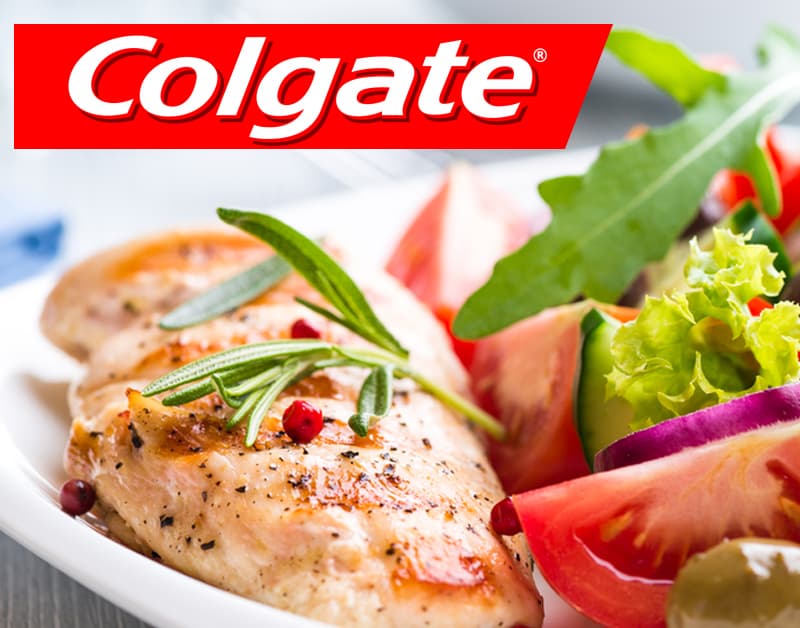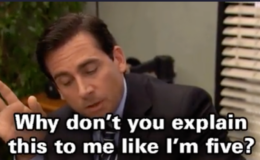In 2016, I was at Utah Olympic Park in Park City, Utah, on a daddy-daughter trip with my girls, when the limits of brand community hit me like a brick. I received a phone call from one of my clients; the person on the other end informed me to stay near my phone, as there was news afoot at their company, which was my largest client at the time. In less than an hour, I would learn that the bulk of the team I worked with had been disbanded, with many others let go as well. While my contract remained intact, the move was a shock to the system still.
Is brand community building dead?
When Moz announced the layoff of 28% of its staff, the industry let out a collective gasp. “Not my Moz,” many seemed to say. However, when it was learned that a large part of the community team was let go during the layoff, even casual observers wondered aloud something that was all but unthinkable before: Is community building dead? After all, in the technology space, no one made community building more of a priority than Moz.
Everything about the company—from their tagline, to their user-generated content blog, to their Rogerbot mascot—screamed community. Worse still, the going’s on at one the industry’s most beloved brands opened a fissure that provided the wellspring for questions:
- Is brand community building dead?
- If community building isn’t dead, is there a limit to how much it can help a brand?
- What percentage of a brand’s resources should be devoted to community building?
- Does every brand need a community?
In online and offline conversations, my message did not waver: It would be incorrect to see the changes at Moz as an indication on the value of community to SaaS brands. The painful move was made to help the brand stop bleeding money cash as a result of failed product launches.
I knew how much Moz meant to the community. But I also knew the reality of their situation: Like any other that accepts VC funding, they were under pressure to make a profit, a fact that co-founder Rand Fishkin was very transparent about.
“I…hope that, as we grow, we can find ways to keep incorporating and growing community efforts in our marketing and in all the things we do. I will say that ‘growth at all costs’ doesn’t sound very appealing, but Moz is venture backed, and I can tell you our board and investors expect and demand growth. They’re good people and I think we can find a balance, but it’s definitely a different model to a privately-owned company that doesn’t require a large-scale exit and the return of 5–10X capital.”
Building a community should be a priority for any brand
I was proved correct. Nearly seven years later, Moz is still around, though it looks dramatically different, having been acquired and with many new faces. As I always suspected, the move was one most brands would make regarding community, looking at it more closely, seeing it as the cost center that it is instead of the revenue generator marketers and communicators described it as potentially being.
However, the move does highlight two all-important elements that should not be misunderstood:
- The limited value of community as it regards helping brands sell more products (To some degree and at some point, the investment must match the expense.)
- The limits of brand extension, which are real, even for strong brands
Is community the new content?
Work in content or search for any length of time, and you’re sure to bump into these questions:
(a) How much will it cost?
(b) How many links do you expect to receive?
(c) How much time will it take?
Even if the answers to “A” and “B” suffice to assuage the angst from the C-Suite regarding proposed content campaigns, “C” is always an issue. No matter how much time they say you’ll have, the expectation is that results start to flow in tomorrow. This helps explain why most content marketing fails, which Joe Pulizzi said far better than I ever could:
“While we will see shining examples of content marketing magic in action, the sheer majority of brands will continue to crash and burn with their content creation and distribution efforts. Simply put, most brands resist telling a truly differentiated story; and even those that do aren’t consistent or patient enough to build loyal audiences over time.”
For content marketers, content and time are antonyms. You can have one, but not the other. The more of the former you are allowed to create, the shorter the time frame expected to see results and the greater the expected impact. I’m beginning to wonder if the same can’t be said for community building.
The limits of brand community building
We all hear about how important it is, and it is valuable. But few brands take the time to create truly vibrant communities, and those that do typically don’t use the communities to the best of their ability, as in, for example, testing potential new products or services.
It’s as if it’s enough to simply have a community, even if the brand(s) have no idea how to use it to aid the bottom line. That is, until the bean counters start looking at the expense (e.g., staff, gifts, etc.) against the overall benefit (products sold) of the community.
I have no idea what logic the executives used in cutting the majority of the community team, but I don’t expect it was done haphazardly. I think it came down to (a) where the brand needs to be immediately and (b) where they could make cuts without losing customers/profits. “Customers” is a key term here.
“Take staff out of it,” said one friend, a marketer with more than a decade of experience. “Can you imagine how much Moz spent each year on t-shirts, trinkets and other items for the community? And, get this, I’d bet 90% of those people don’t pay for a product from Moz. So, yeah, if you’re going to make cuts, it has to start there. Sadly.”
Despite his concern, he, like a handful of others I spoke to, seem to feel Moz’s decision to go back to its roots, focusing on what customers pay them for (i.e., SEO tools) means the brand is more likely to move people along the audience=>community member=>customer=>brand advocate continuum.
While the “Moz abandons the community” soundtrack makes for better headlines, the more likely scenario—and the one I tend to believe—is that the brand simply placed some bad bets that made sense at the time, but given the benefit of time, might have been a little too risky.
Build a brand community around your core product or service
Most of us are a little young to remember Cosmopolitian (as in the magazine) yogurt or Colgate Kitchen Meals, but they exist, right alongside Jell-O for salads. While these examples scream “horrible brand extension,” they’re actually the result of strong brands failing to realize their view of themselves is out of step with the view customers have.

For example, Colgate couldn’t get past the fact that customers didn’t so much see a meal as they did see the logo and “taste” toothpaste—at the very sight of the packaging. Moz Content and Followerwonk weren’t Colgate Kitchen meals. They were, however, poor fits for a brand steeped in search and whose core customers won’t stray far from that lane.
Given how closely integrated search, social and content are, it’s hard to fault Moz for thinking that having a suite of offerings made sense. Upon closer examination, it appears that the tea leaves seemed to suggest the industry desires a more robust suite of SEO-focused tools from the brand. Rand seemed to hint at the strain the multiple-product focus was placing on the brand in a recent post, What I’d Change, Keep the Same, & Don’t Yet Know.
“Single-product companies make marketing easy, they make building a funnel easy, they make website design and SEO and content strategy and team structures and reporting and finances and a million other pieces of the business easier. For years, Moz benefitted from this singular focus, but I don’t think I realized quite how remarkable and friction-free it made so many aspects of the company’s growth.”
When growth is the goal, brand extension is too often seen as a willing suitor. And unless a brand is willing to ask some tough questions upfront, it’s easy for the train to become derailed. A great opportunity is only great insofar as it makes sense for your brand.






